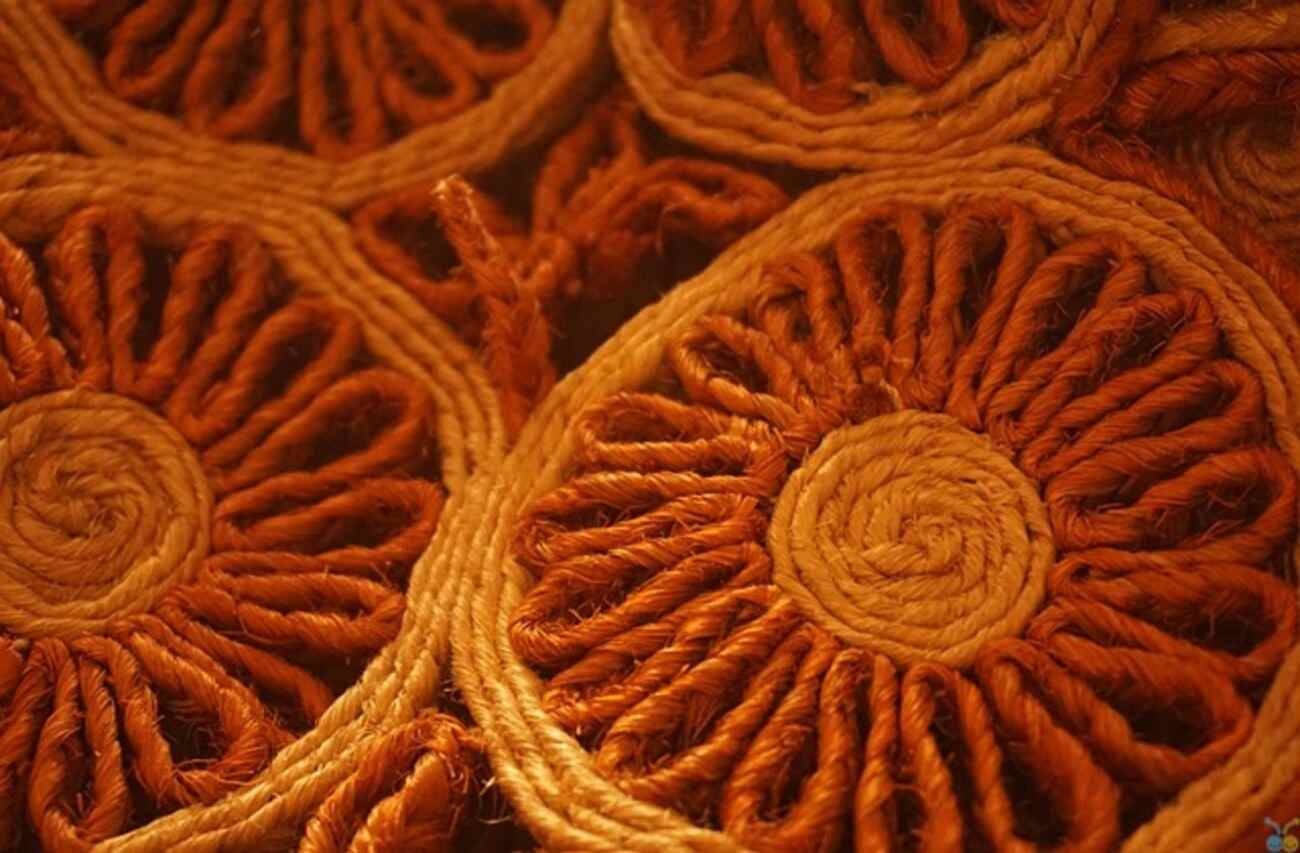So Qalara brings 7 such biodegradable materials. These are a mixed bag of home-grown solutions and evergreen options that keep staying relevant. Among all these solutions, we cover all types of offerings, from decor, furniture & furnishings to novelty, packaging, and fashion. So let’s get into it!


Leave a Reply